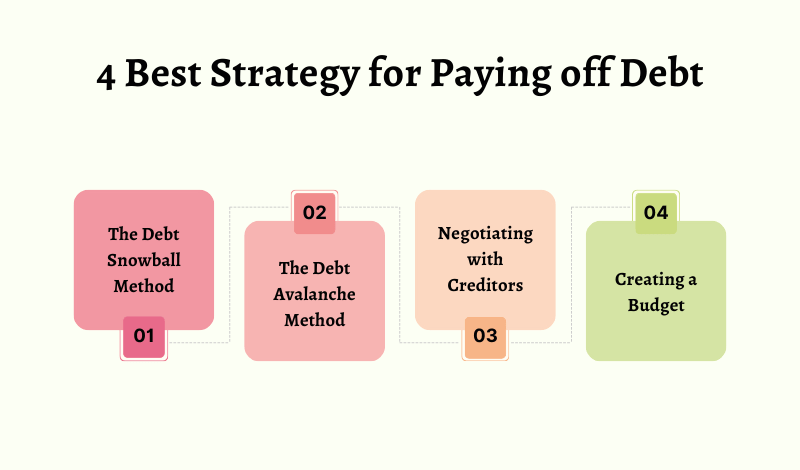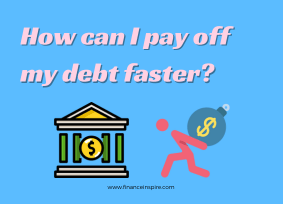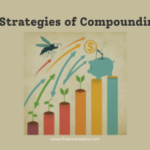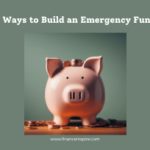4 Best Strategy for Paying off Debt

Paying off debt can be a daunting task, but with the right strategy, it’s achievable. Here’s a comprehensive guide on the best approach to tackle your debt and regain financial freedom.
1. The Debt Snowball Method:
One of the most popular and effective strategies for paying off debt is the debt snowball method. This approach involves listing all your debts from the smallest balance to the largest, regardless of the interest rate. Here’s how it works:
List Your Debts:
Make a list of all your debts, including credit cards, personal loans, student loans, and any other outstanding balances. Arrange them from the smallest balance to the largest.
Pay Minimum Payments:
Pay the minimum required payment on all your debts, except for the one with the smallest balance.
Attack the Smallest Debt:
Allocate as much money as possible towards the debt with the smallest balance. This could come from cutting expenses, taking on a side gig, or using any extra income you have.
Best strategy for paying off debt:
Once you’ve paid off the smallest debt, roll over the payment you were making on that debt to the next smallest balance. This snowball effect allows you to gain momentum and pay off your debts faster – making it the best strategy for paying off debt.
2. The Debt Avalanche Method:
Another popular strategy is the debt avalanche method, which focuses on paying off debts with the highest interest rates first. This method can save you more money in the long run by minimizing the amount of interest you pay.
List Your Debts:
Make a list of all your debts, arranging them from the highest interest rate to the lowest.
Pay Minimum Payments:
Pay the minimum required payment on all your debts, except for the one with the highest interest rate.
Attack the High-Interest Debt:
Allocate as much money as possible towards the debt with the highest interest rate. This will save you more money in the long run by reducing the amount of interest you pay.
Repeat the Process:
Once you’ve paid off the debt with the highest interest rate, move on to the next highest, continuing the process until all your debts are paid off.
3. Negotiating with Creditors:
In addition to the debt snowball and avalanche methods, negotiating with creditors can also be an effective strategy for paying off debt. This approach involves communicating with your creditors and attempting to negotiate more favorable terms, such as lower interest rates or a reduced overall balance.
Gather Your Information:
Before contacting your creditors, gather all the necessary information, including account numbers, outstanding balances, and interest rates.
Explain Your Situation:
When you speak with your creditors, explain your financial situation honestly and clearly. Provide details about your income, expenses, and any hardships you’re facing that make it difficult to keep up with payments.
Negotiate Terms:
Politely request more favorable terms, such as a lower interest rate, reduced fees, or a temporary payment plan. Be prepared to negotiate and compromise.
Get It in Writing:
If your creditors agree to new terms, make sure to get the agreement in writing before making any payments. This will protect you and ensure that both parties are clear on the terms.
4. Creating a Budget:
Regardless of the debt repayment strategy you choose, creating and sticking to a budget is essential – it’s a crucial part of the best strategy for paying off debt. A budget will help you identify areas where you can cut expenses and allocate more money towards your debt payments.
Track Your Expenses:
Start by tracking your expenses for a month or two. This will give you a clear picture of where your money is going and help you identify areas for potential savings.
Create a Realistic Budget:
Based on your income and expenses, create a realistic budget that allocates funds for essential expenses, debt payments, and savings. Be honest with yourself and make adjustments as needed.
Automate Payments:
Set up automatic payments for your debt payments and other recurring expenses. This will help you stay on track and avoid late fees or penalties.
Review and Adjust:
Regularly review your budget and make adjustments as necessary. As your financial situation changes, you may need to modify your budget to accommodate new expenses or accelerate your debt repayment.
Paying off debt requires discipline, patience, and a well-structured plan. By following these strategies and creating a budget, you can take control of your finances and work towards becoming debt-free. Remember, it’s a journey, and every step you take brings you closer to financial freedom. Implementing the best strategy for paying off debt, whether it’s the debt snowball, debt avalanche, or negotiating with creditors, will help you achieve your financial goals faster.










